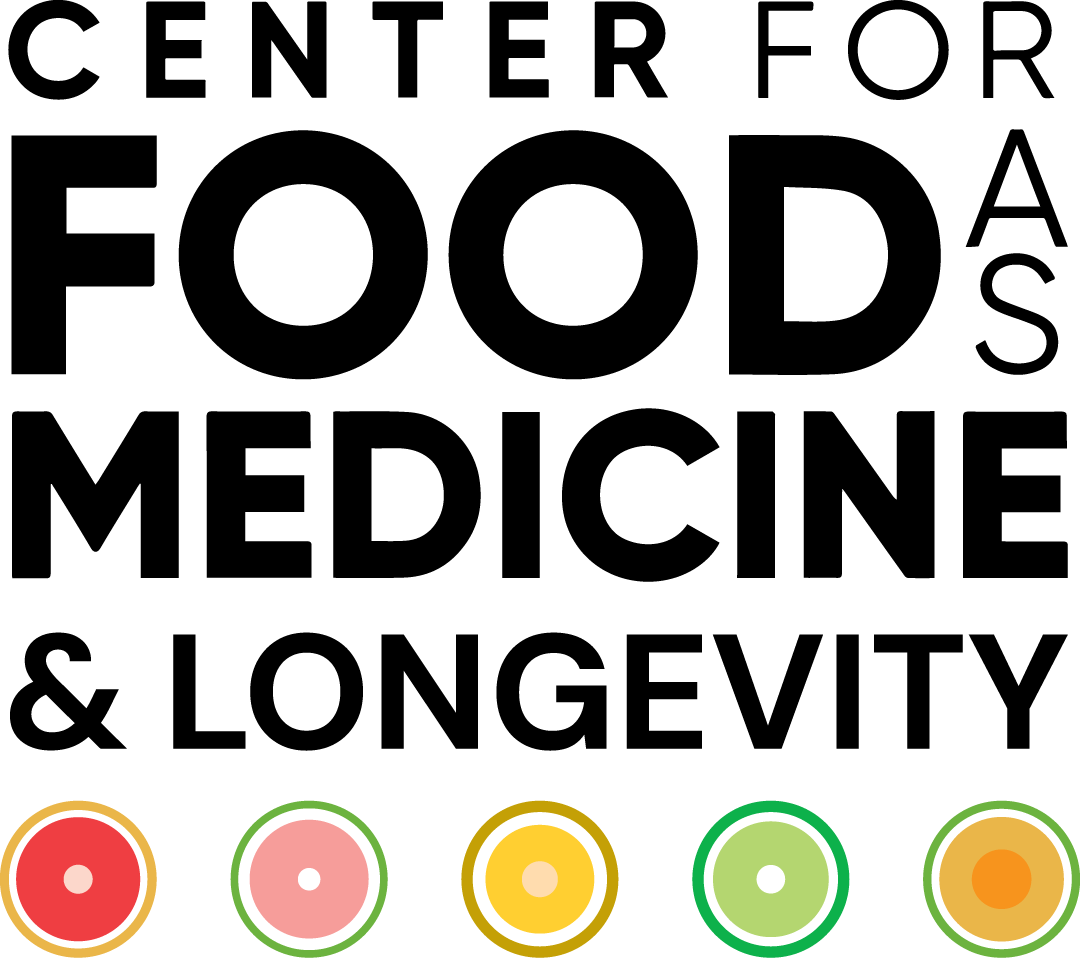PREPARE IN ADVANCE
If you think you’re going to be able to wing it and prepare quality foods quickly at home, you’re mistaken. Planning meals and shopping in advance ensure that you don’t wind up walking into your kitchen, opening the fridge, closing it in frustration and gathering the kids to go to McDonald’s.
Cut It Up: Cut up vegetables such as onions, broccoli, peppers and asparagus in advance. Put them in pre-portioned baggies or containers, and store them in the fridge. “You can even freeze them, so when you need chopped onions in a recipe you can just grab them out of the freezer,” says Antoinette Kuritz, a San Diego-based home cooking expert and mom. “Do the same with peppers and other vegetables, and cheeses such as Parmesan, Romano and Jarlsberg.”
Buy Ingredients Partially Prepared: Although this can sometimes be more expensive, it still costs less than eating out — or eating unhealthy meals. Get bags of pre-washed lettuce, broccoli, and cauliflower florets or pre-cut mixed vegetables. Check out the salad bar to stock up on other pre-cut veggies.
Pre-cook Foods: Cook and freeze foods in advance. You can even prepare grains such as quinoa and freeze them in serving-size portions in freezer bags. Simply take out a serving and thaw as needed for recipes or a side dish.
Plan Before Shopping: Come up with general categories such as soups, stews, stir-fries and grains. Within each category, have a recipe in mind, and write out your list of ingredients before you go food shopping, says Luhrs. Try to choose recipes for which all the ingredients are available at one location — you’re more likely to give up if you have to shop at too many stores to get what you need.
Same Ingredients, Multiple Recipes: Pick a couple of home cooking recipe favorites and use them in different ways. For instance, use grilled chicken to top salads, pasta, and vegetables and to make sandwiches for lunch. A simple roasted chicken makes a fantastic and versatile entrée everyone loves, and the leftovers can be turned into a quick chicken salad, diced into an omelet for brunch, into curried rice, or added to hot and sour soup. It’s easy to roast a couple of chickens at the same time and use one for Sunday dinner while reserving the other for dinner later that week.
Buy it Smaller, Thinner and Prepared: According to chef and cookbook author, Nancy Mills, author of the blog, Mom’s Cooking Help “The more surface area that is exposed to heat, the faster a food will cook, so buy your meats, poultry and everything else cut into thinner and/or smaller pieces.”
If you’re parceling your meats yourself, Mills offers more tips to speed up the process. “It’s easier to cut chicken and beef into thin slices or strips when the meat is partly frozen. Plus, you don’t have to wait for the meat to completely thaw before cooking it. Steak or chicken cut into 2-inch-long, 1/2-inch-wide strips can be stir-fried in two to three minutes. Ground meat cooks much faster than whole pieces of meat. Thin slices of vegetables cook faster. For instance, very thin potato slices cook in less than 10 minutes in soups, whereas a whole potato will take 20 to 25 minutes.”
Get your veggie burgers, hamburgers, and turkey burgers in patty form, or package them yourself after buying veggie ingredients or ground meat and store them in the freezer in meal packs.
“Tired and Hungry” Recipes: Create three or four recipes that require very little thought and are ready to go. Come up with a few of these — and make sure you always have the ingredients on hand.
STOCK UP
Spices and Condiments: Creating healthier foods at home is also about having a well-stocked spice cabinet and lots of condiments in the refrigerator. Herbs and spices are a calorie-free way to add flavor to your meals. “If I could only buy five spices they would be black pepper, smoked paprika, curry powder, herbes de Provence and coriander seed. I always have ketchup, mustard, vinegar, Worcestershire sauce, hot sauce, soy sauce and honey on hand, as well as lemons and limes,” says Chef John Greeley.
Other healthful home cooking helpers:
- Low-sodium chicken broth
- Limes, lemons, and oranges add terrific flavor to any meal without added fat.
- Rice vinegar, apple cider vinegar and balsamic vinegar add a lot of zing.
- Garlic and onions are another way to spice up whatever you’re cooking.
- Barbecue sauce
- Low-cal salad dressings (watch for sugar and sodium content)
- Canned beans
- Whole-grain Flour
- Carrots
- Celery
- Cornstarch
KEEP YOUR KITCHEN EQUIPPED
To make things happen, you need the right equipment.
Food Processor, Mini-food Processor, Blender: A food processor is a home cooking jack-of-all-trades. It can slice, grind, dice, chop and shred anything in your fridge. “You can chop vegetables in the food processor by using the pulse button — although you have to be careful they don’t turn to mush,” says Mills. You can also turn your blender into a chopping device. Half-fill the blender with water. Cut the vegetables into roughly 2-inch pieces, add them to the blender and pulse until they are the size you want. Then drain the contents of the blender through a strainer, she adds.
Knives: You need a good set of sharp knives for any preparation or home cooking situation.

